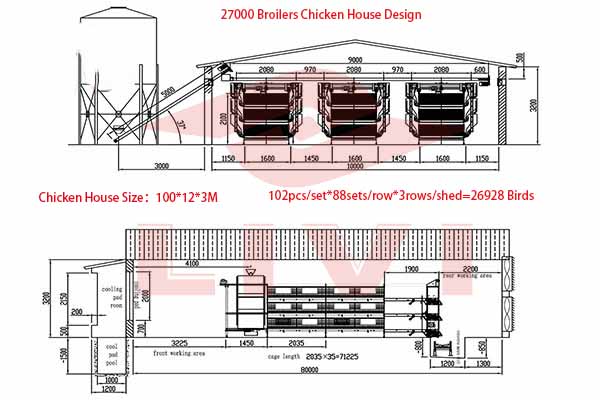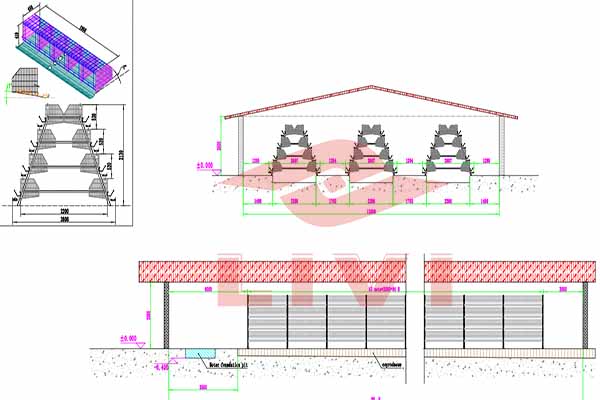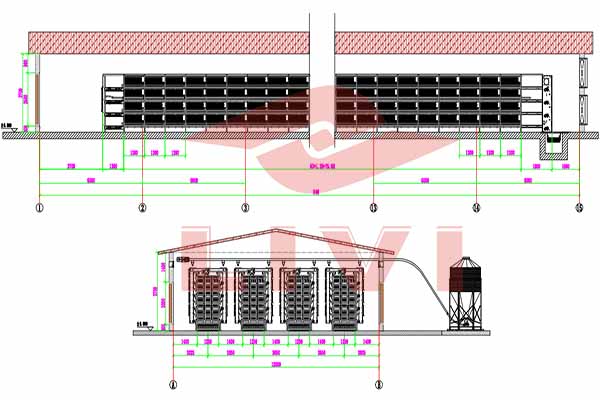Understanding the Electricity Cost of a 90,000 Chicken Poultry Farm in Zambia
In Zambia, poultry farming has become a significant sector, and understanding the operational costs, especially electricity expenses, is crucial for farm owners and investors. In this article, we delve into the factors influencing the electricity cost for running a 90,000-chicken poultry farm in Zambia and provide a breakdown of the associated costs.
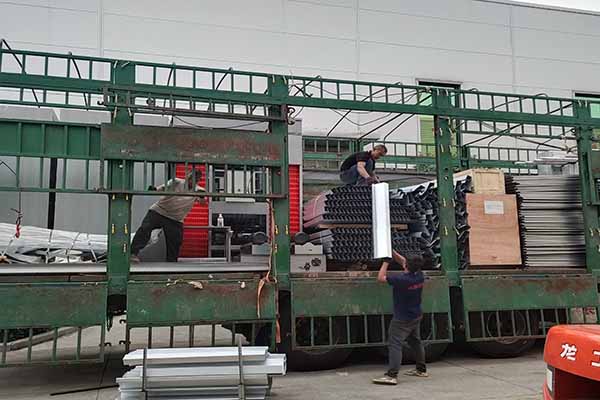
Electricity Consumption in Poultry Farms
Electricity consumption in poultry farms is driven by various factors, including lighting, ventilation, feed and water systems, and climate control. Here’s a breakdown of the typical electricity usage for a 90,000-chicken poultry farm in Zambia:
- Lighting: Approximately 25-30% of total electricity usage is dedicated to lighting, ensuring chickens are properly illuminated for health and productivity.
- Ventilation: Efficient ventilation is crucial for maintaining optimal chicken health, accounting for about 20-25% of the electricity bill.
- Feed and Water Systems: The automated feed and water systems can consume around 15-20% of the total electricity.
- Climate Control: To maintain ideal temperatures for chickens, climate control systems use about 20-25% of the electricity, depending on the season.
Electricity Cost Breakdown
The cost of electricity varies depending on the region in Zambia and the provider. On average, the cost per kilowatt-hour (kWh) in Zambia is around $0.15 to $0.20. Based on this, the estimated monthly electricity cost for a 90,000-chicken poultry farm can be calculated as follows:
| Component | Percentage of Total | Average Monthly Usage (kWh) | Average Monthly Cost ($) |
|---|---|---|---|
| Lighting | 25-30% | 15,000 | $225 – $270 |
| Ventilation | 20-25% | 12,000 | $180 – $240 |
| Feed and Water Systems | 15-20% | 9,000 | $135 – $180 |
| Climate Control | 20-25% | 12,000 | $180 – $240 |
| Total | 100% | 48,000 | $710 – $900 |
This estimate can vary depending on the farm’s specific setup and operational efficiency.
<h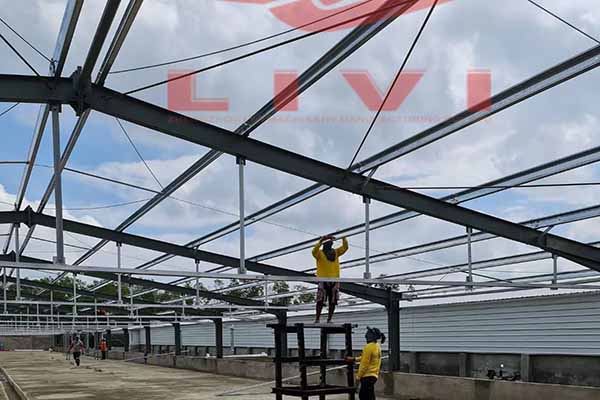 2>Reducing Electricity Costs
2>Reducing Electricity Costs
Implementing energy-efficient practices can significantly reduce electricity costs. Here are some strategies to consider:
- LED Lighting: Switch to LED lighting, which is more energy-efficient and has a longer lifespan.
- Smart Controls: Utilize smart systems for lighting and ventilation, enabling automated adjustments based on environmental conditions.
- Energy-Saving Appliances: Invest in energy-efficient appliances for feed and water systems.
By implementing these measures, farm owners can reduce their electricity consumption and, subsequently, their costs.
For a more tailored approach and to explore how you can optimize your poultry farm’s energy consumption, we invite you to contact us for a free, personalized chicken farming design plan and equipment quotation. Let our experts guide you in making informed decisions that can save you money and enhance your farm’s productivity.
Stay connected and let us know your thoughts. Reach out to us for further inquiries!



